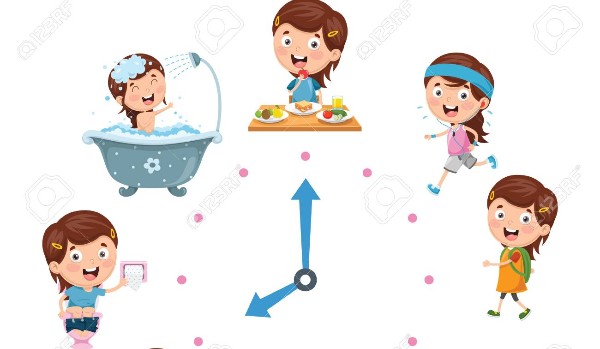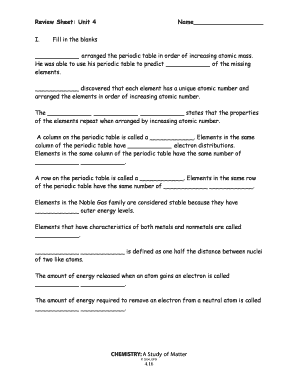

An unsaturated solution contains less solute than it can dissolve at that temperature. At every step, before obtaining a saturated solution, a solution is always unsaturated with respect to the solute. In other words, a solution saturated at one temperature may not be saturated at another temperature.Ī solution which is unable to dissolve any more of the solute at a particular temperature is called a saturated solution at that temperature. Therefore, different amounts of the same solute are required to prepare saturated solutions at different temperatures.

For example, the saturated solution at a given temperature becomes unsaturated when heated because more of solute will be required to make the solution saturated at higher temperature. This state of equilibrium or saturation can be changed either by adding more water (solvent) to it or by increasing the temperature of solution. Thus, a saturated solution at a particular temperature contains as much solute as it can dissolve at that temperature.Īt that temperature, solvent and solute are in a state of equilibrium. The solution at this stage is said to be a saturated solution at that temperature. The excess of the copper sulphate settles down to the bottom. If a well-powdered solute, such as copper sulphate is added little by little to a definite volume of water at room temperature with constant stirring, it dissolves continuously, till a point comes, when no more of the copper sulphate will dissolve.

Observe beaker B again.Did you see crystals?Īfter heating, sugar left in beaker C also dissolves completely, so the solution in beaker C is unsaturated.Īfter evaporation ½ of water, beaker C contains 3 teaspoons of dissolved sugar.Cover the beaker B to avoid further evaporation and let it sit for some days.Observe the beaker B, after 45–60 minutes.Leave beaker B for 45–60 minutes undisturbed.Take beaker B and hang a string inside it.Let beaker C sit uncovered for some days to evaporate 1/2 of water.Heat the beaker C and observe the beaker.Add one teaspoon sugar in beaker A, two teaspoons sugar in beaker B, and three teaspoons in beaker C.Fill all three beakers with equal amount of water.Three hard glass beakers (500 ml), sugar, water, and spoon. Other well-known example of liquid crystals is solution of soap.ĪCTIVITY 6.1: Demonstrating Unsaturated, Saturated and Supersaturated Solutions Liquid crystals can be found naturally.For example, many proteins and cell membranes are liquid crystals. Liquid crystals are matter that has properties between those of liquid and solid crystal. name the sources and uses of salts in daily life.describe different methods of preparing soluble and insoluble salts.explain the solubility curves of different salt solutions.explain the concept of unsaturated, saturated and supersaturated solutions.describe factors that affect solubility.After reading this unit, you will be able to:


 0 kommentar(er)
0 kommentar(er)
